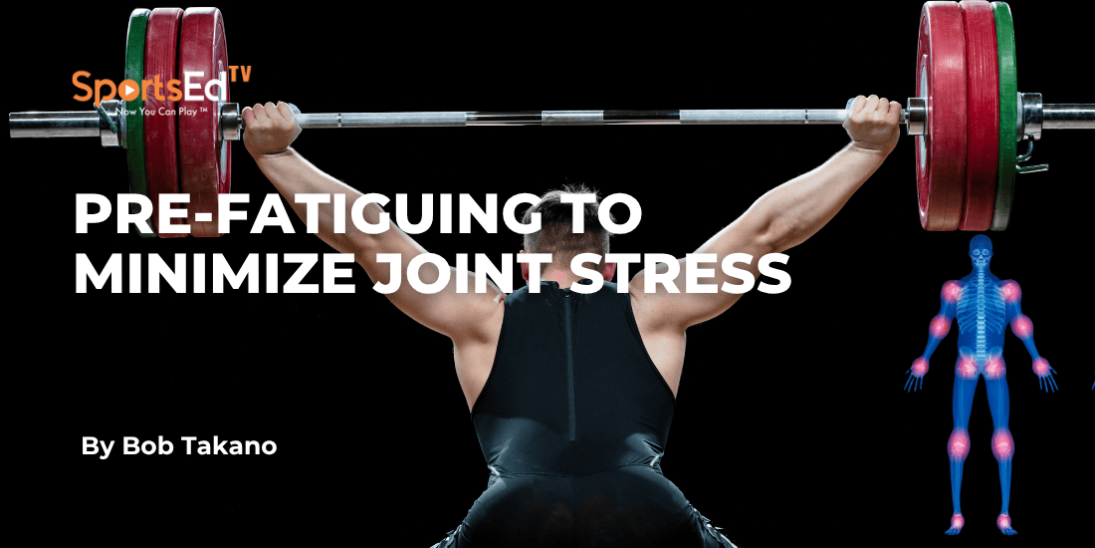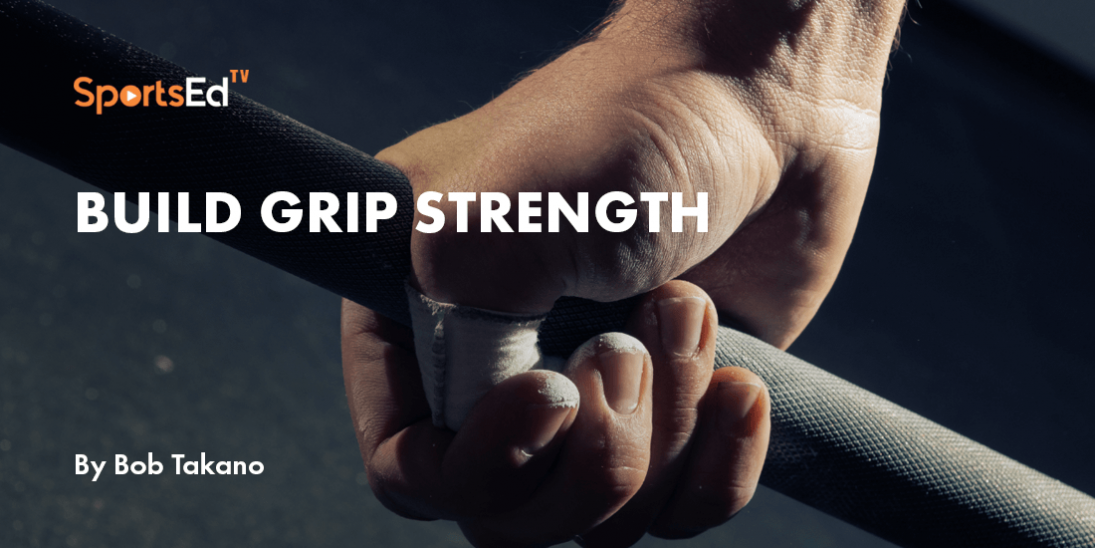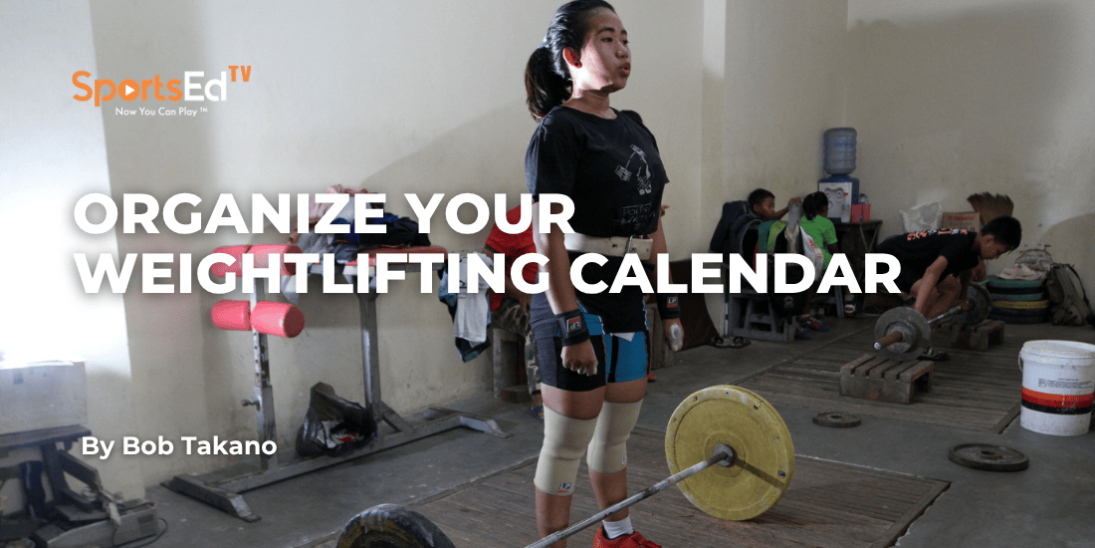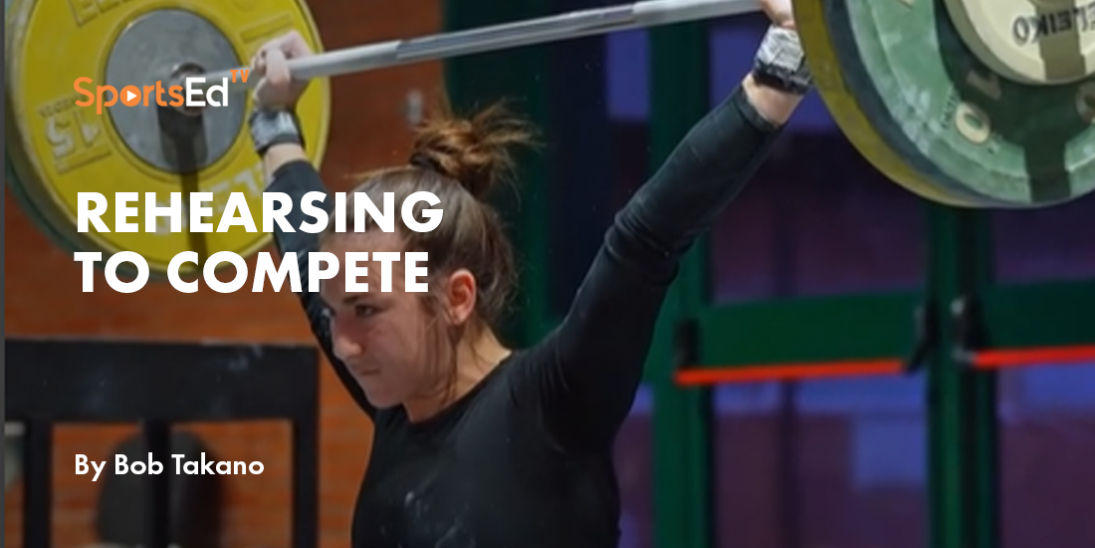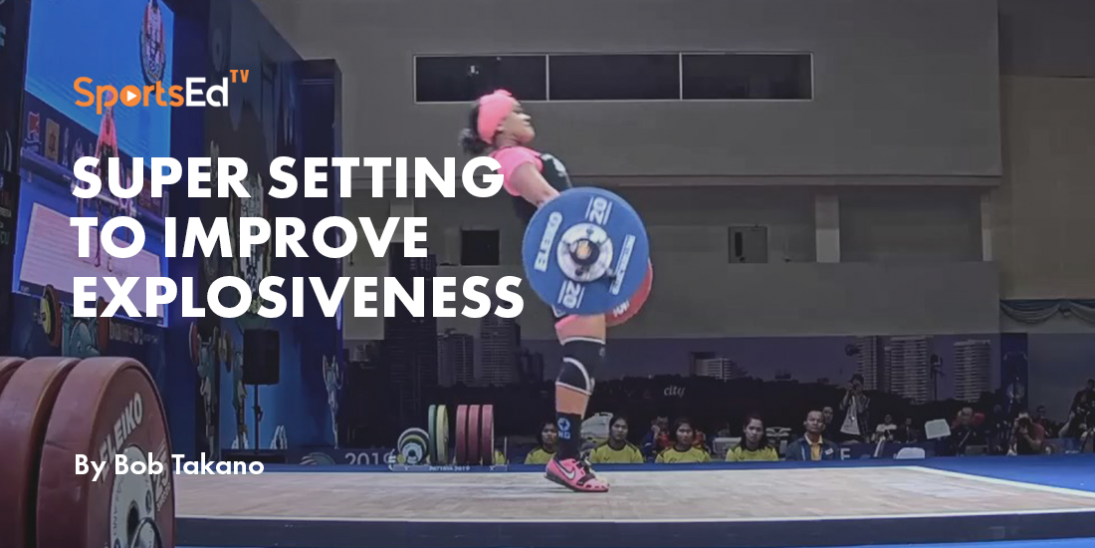Weightlifting
Welcome and thanks for visiting...

When To Get Coached—When To Practice in Weightlifting
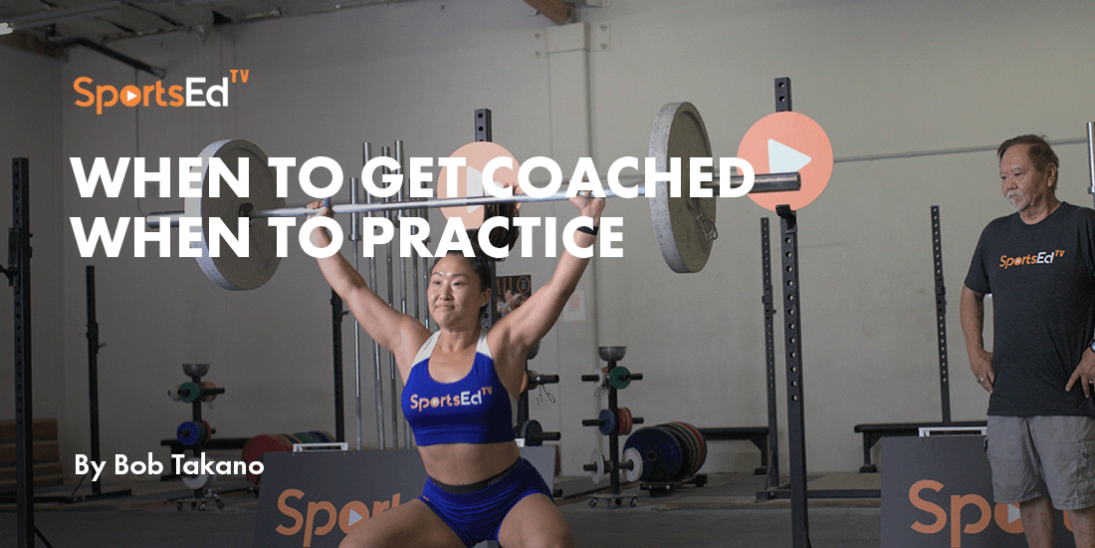
Understanding the Instruction Phase in Weightlifting
I periodically get asked by new athletes about personal coaching sessions, and most of the time, I try to dissuade them. Although we charge more for individual sessions, and I could get more money for doing them, it generally doesn’t help the athlete to make the progress that should take place. Coaching and learning the lifts can generally be broken down into two phases: instruction and practice. During instruction, which is largely individual but can take place in a group setting, the athlete learns the specifics of matters such as appropriate grip width, maintaining a rigid spine, and specific motor pathways that are exclusive to the various segments of the snatch and clean &; jerk. The coach can use whatever methods are available, whether they be verbal instructions, sequence photo study, live demonstration, or simple observation of proficient technique.
After initial instruction, much of the coaching that follows is more of a monitoring nature, letting the athlete know when things are going well, when they aren’t, and when new situations are arising.
Mastering the Art of Practice: Key to Weightlifting Progress
It is, however, during practice where the athlete has the opportunity to take control of their own learning. What takes place during guided practice is an absolute necessity in the ultimate acquisition of technique. It is only by practicing and by paying very close attention to one’s own body movements and positions that one becomes a more accomplished athlete who masters the correct performance of the snatch and clean &; jerk. A coach should determine what to practice, how often to practice, how much to practice, and what resistance is best to use. The coach should then provide the minimal amount of feedback necessary to correct the performance of the movements during practice.
The Athlete's Role: Developing Kinesthesia and Muscle Awareness
The athlete, however, must perform the practice and all the while must be “feeling” one’s body parts to make sure they are achieving the best positions and are moving in the correct sequence and at the best times. The only way to develop the kinesthesia required to be an athlete is to perform complex movements and develop the sensitivity to determine whether the movements are accurate. This is the responsibility of the athlete and cannot be transferred to any other entity—not the coach, not the equipment, not the facility, not the training program.
Practicing and paying attention during practicing is what will make you into an athlete. I have currently and always do have a few beginning lifters who do not take the responsibility seriously enough. They do everything they’re asked to do in terms of following the training but don’t allow their minds to inhabit their bodies and develop the sensory connections between body parts and the brain.
The Final Verdict: Balancing Instruction and Practice in Weightlifting
In Conclusion, let’s sum it up by saying that during instructional sessions, you should be learning what your body parts should be doing. During practice sessions, you should be learning how to feel what your body parts should be doing. Both aspects must be undertaken and mastered if you are to develop into a weightlifter.




